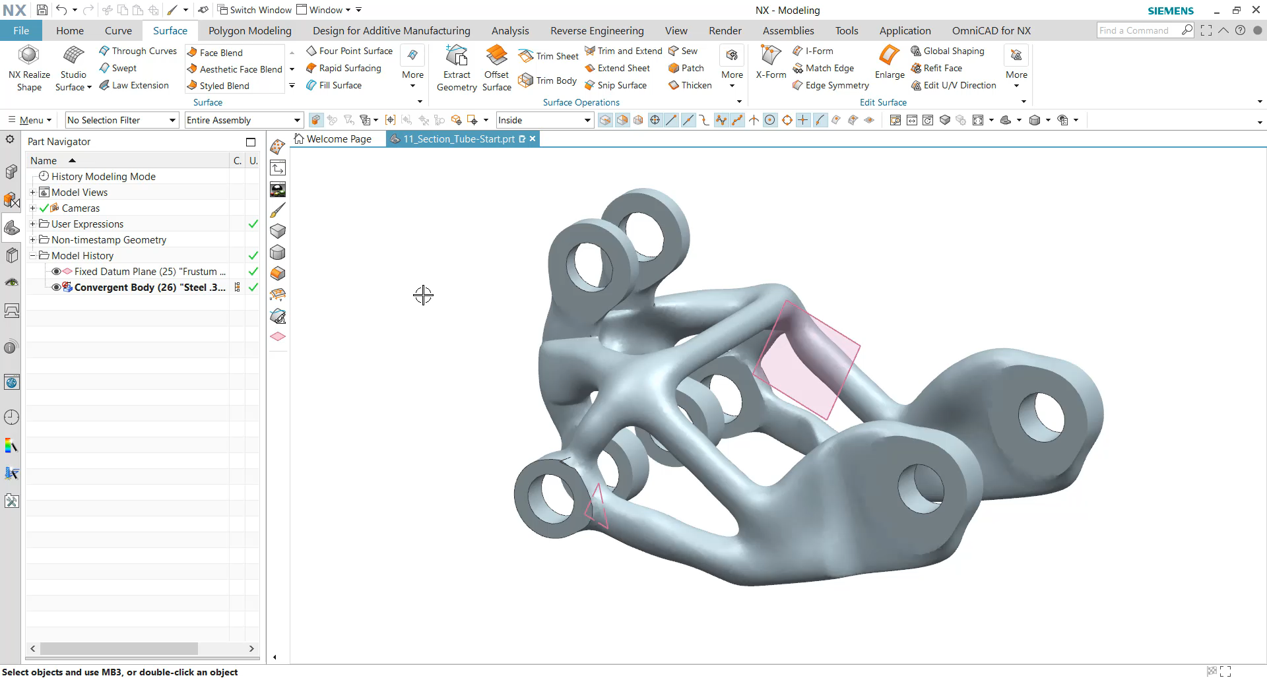CADD Courses Training Center in Rajajinagar

CADD Courses Training Centers: An Overview
In the contemporary world of engineering, architecture, and design, proficiency in Computer-Aided Design and Drafting (CADD) is indispensable. CADD software revolutionizes the way professionals visualize, plan, and execute their projects. To excel in this field, specialized training centers offer comprehensive CADD courses that provide individuals with the skills and knowledge needed to thrive in their careers. Here, we explore what CADD courses entail, the benefits of attending a training center, and what to look for in choosing the right training facility.
Understanding CADD Courses
CADD courses are designed to teach individuals how to use software tools for creating, modifying, analyzing, and optimizing designs. These tools are used across various industries, including architecture, engineering, construction, and manufacturing. The courses typically cover a range of software platforms such as AutoCAD, SolidWorks, Revit, CATIA, and more. Training in these applications equips students with the ability to create precise and detailed drawings, models, and simulations.
Key Components of CADD Courses:
- Introduction to CADD Software: This includes an overview of various CADD tools and their applications in different industries.
- Basic and Advanced Drawing Techniques: Students learn how to create and modify 2D and 3D drawings, manage layers, and use different drawing tools.
- Design and Documentation: Training covers the creation of detailed designs and documentation, including technical drawings, schematics, and blueprints.
- Modeling and Simulation: Advanced courses often include instruction on 3D modeling, simulation, and analysis to ensure designs meet functional requirements.
- Industry-Specific Applications: Some courses focus on specific sectors such as civil engineering, mechanical design, or architectural drafting, tailoring the training to industry needs.
Benefits of Attending a CADD Training Center
- Expert Instruction: Training centers often employ experienced instructors who have extensive knowledge and practical experience with CADD software. Their expertise helps students gain a deeper understanding of the software's functionalities and best practices.
- Hands-On Learning: Most training centers offer hands-on experience with CADD software, allowing students to work on real-life projects and scenarios. This practical approach enhances learning and retention of skills.
- Structured Curriculum: A well-designed curriculum ensures that students receive comprehensive training that covers all necessary aspects of CADD. This structured approach helps in building a solid foundation and advanced skills.
- Access to Resources: Training centers typically provide access to licensed software, tools, and additional resources that might not be available to individuals studying independently.
- Certification: Many centers offer certification upon completion of the course. Certifications are valuable for job applications and career advancement, as they validate a student's proficiency in CADD software.
Choosing the Right CADD Training Center
Selecting the right CADD training center is crucial for effective learning and career development. Here are some factors to consider:
- Accreditation and Reputation: Look for centers that are accredited and have a good reputation in the industry. Accreditation ensures that the center meets specific educational standards.
- Instructor Qualifications: Check the qualifications and experience of the instructors. Experienced professionals are better equipped to provide valuable insights and practical knowledge.
- Course Offerings: Ensure the center offers courses relevant to your career goals. Some centers may specialize in certain software or industries, so choose one that aligns with your interests.
- Training Methodology: Consider the training methods used, such as online versus in-person classes, and choose what suits your learning style best.
- Cost and Flexibility: Compare the cost of the courses and the flexibility of the schedule. Some centers may offer part-time or evening classes to accommodate working professionals.
- Student Support: Evaluate the level of support provided to students, including access to resources, tutoring, and career services.
Conclusion
CADD courses are essential for anyone looking to build a career in design, engineering, or architecture. Training centers play a pivotal role in providing the necessary skills and knowledge to excel in these fields. By offering expert instruction, hands-on experience, and valuable certifications, these centers help individuals develop a strong foundation in CADD software and its applications. When choosing a training center, it is important to consider factors such as accreditation, instructor qualifications, course offerings, and overall cost to ensure you receive quality education that aligns with your career aspirations. Investing in a reputable CADD training center can significantly enhance your skills, boost your employability, and open doors to various career opportunities in the dynamic world of design and engineering.
-(2).png)